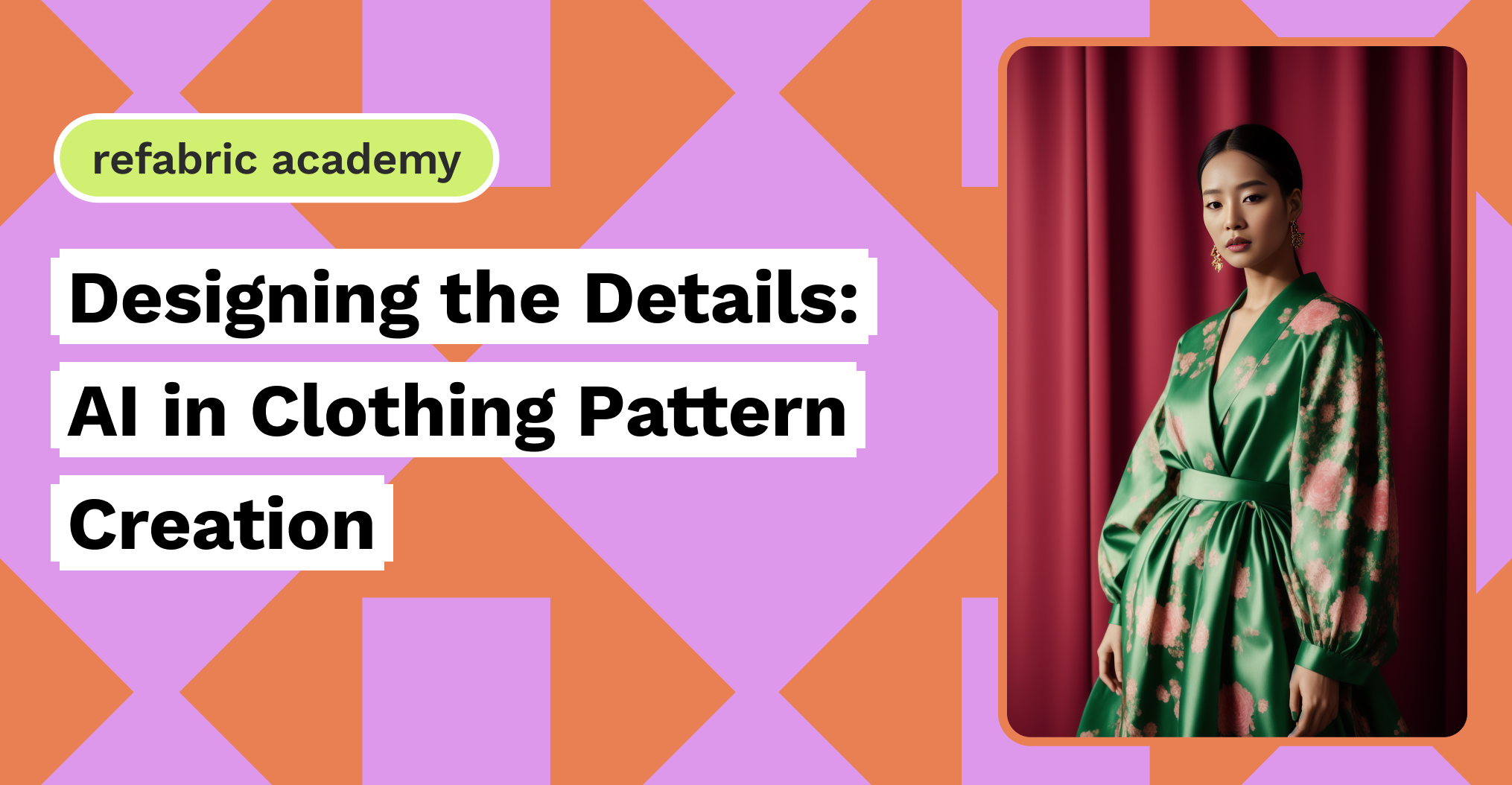AI in Pattern Making
AI brings perfection to the art of pattern making. Automated algorithms analyze and ensure consistency in pattern design, which is crucial for mass production without compromising quality. Traditional pattern making involves calculations and adjustments. AI simplifies these complexities by matching these different fabrics, styles, and sizes; making the pattern-making process more efficient.
Creating and Optimizing Patterns
AI utilizes historical data and trend analysis to predict future fashion trends. This not only aids in the creation of patterns that resonate with current consumer preferences but also minimizes the risk of creating designs that may not find favor in the market. Automated pattern design helps in optimizing fabric usage, reducing waste, and ultimately contributing to a more sustainable fashion industry. AI algorithms can identify the most efficient patterns, ensuring minimal environmental impact.
Impact on Traditional Pattern Making
The traditional pattern-making process can be time-consuming. AI accelerates this by generating patterns based on specified criteria, saving designers valuable time, and allowing them to focus on the creative aspects of design. While AI handles the technical aspects of pattern creation, designers are free to explore more creative ways to conduct their art. This synergy between technology and creativity results in unique and innovative clothing designs.
Design Process Benefits
AI-driven pattern making reduces the need for manual labor, leading to cost savings in the design process. This allows fashion brands to invest more in materials, quality, and sustainable practices. AI enables the creation of customized patterns at scale. With the ability to analyze individual preferences and market trends, designers can craft personalized clothing patterns.
As the fashion industry embraces the capabilities of AI in clothing pattern design, we witness a transformative shift in how fashion comes to life. The collaboration of technology and creativity not only enhances efficiency but also opens new frontiers in design innovation.
